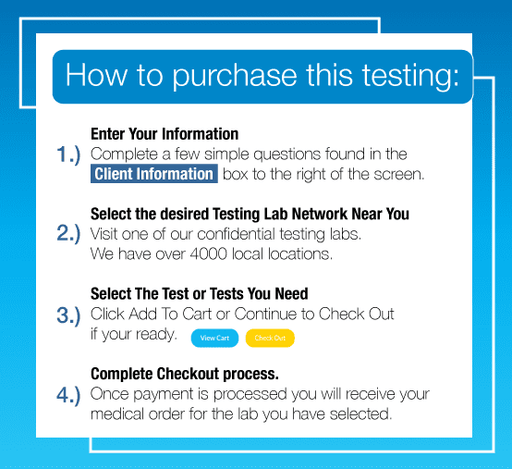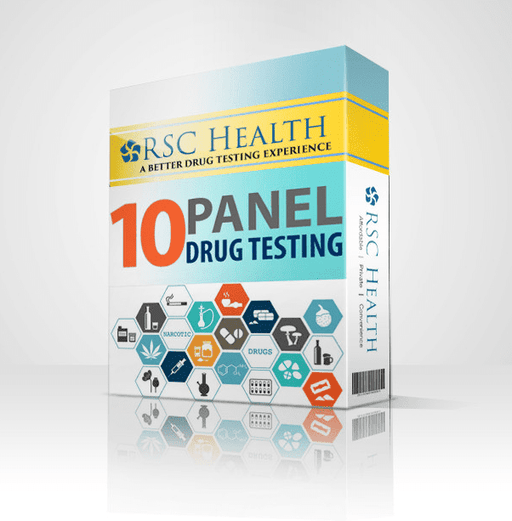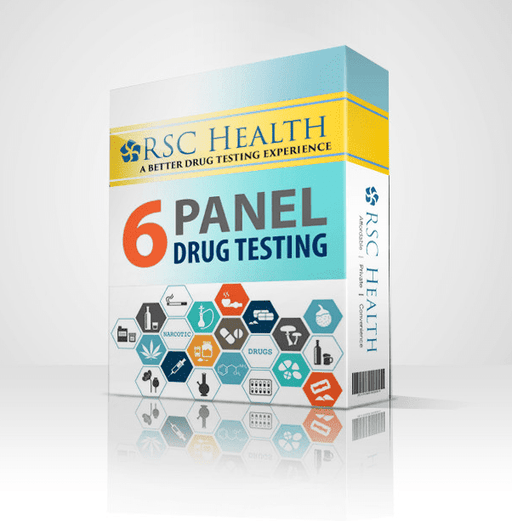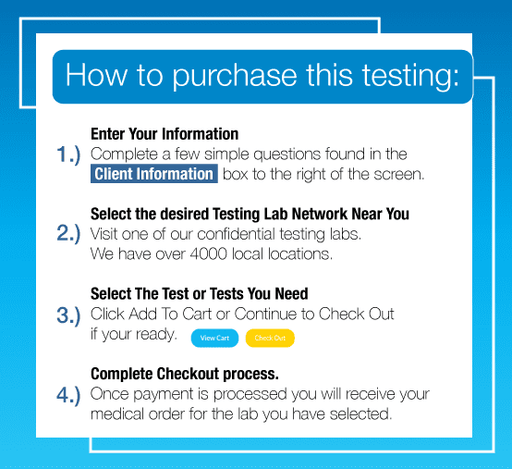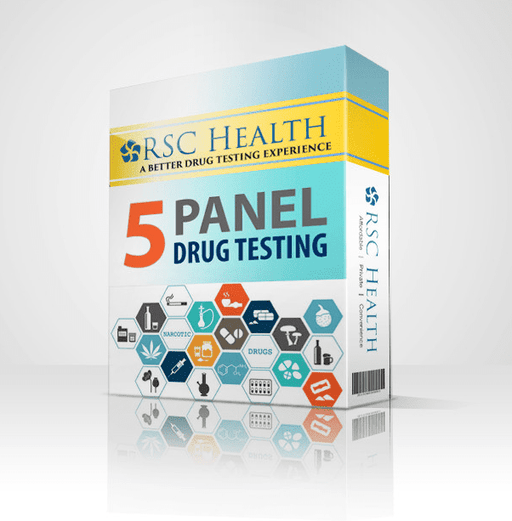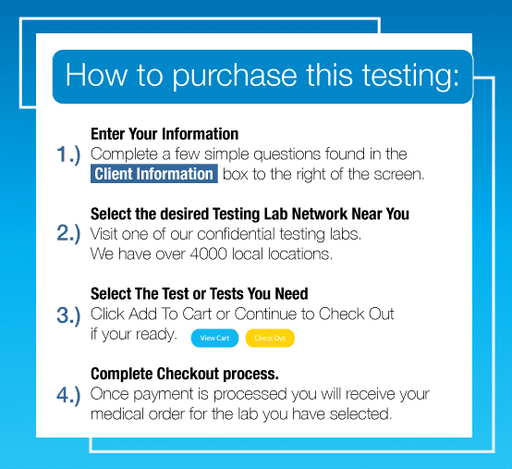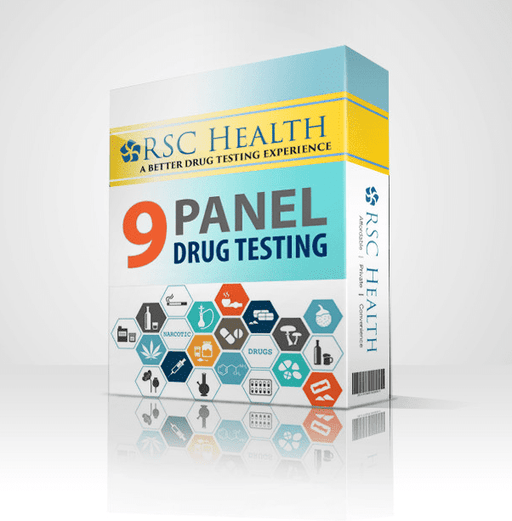Common Questions About Drug Screening.
What is pre-employment drug testing?
Pre-employment drug testing analyzes specimens such as oral fluid, blood, hair, or urine to detect the presence of controlled substances or alcohol. In some jobs, such as those in industries regulated by theUS Department of Transportation(DOT), drug testing is a condition of employment. In others, employers use drug testing to maintain a drug-free workplace. Pre-employment drug testingis also commonly used in roles where impairment could cause a safety risk to employees or others, such as healthcare, childcare, construction, or manufacturing.
What does a pre-employment drug test screen for?
Pre-employment drug tests screen for a variety of controlled substances depending on the type of test the employer chooses to conduct. A 5-panel drug test, one of the most common types of pre-employment drug screening, tests for the presence of amphetamines, cannabinoids (THC), cocaine, opiates, and phencyclidine (PCP).
What are the most common pre-employment drug testing methods?
Common methods include urine testing, hair testing, saliva testing, and breath alcohol testing.
- Urine testing or urinalysis, the most common drug test for employment, is the approved method of federally mandated drug testing. Urinalysis checks urine samples for the presence of metabolites, which are trace elements that stay in an individual’s system and appear in urine samples after a drug’s effects have worn off.
- Hair testing is among the most reliable drug screening methods and can detect substances up to 90 days after use.
- Breath alcohol testing uses a breathalyzer to detect alcohol up to 12 hours after imbibing. Unlike other types of drug tests that may reveal previous drug use, breath alcohol testing can only tell if a person is intoxicated at the time of the test.
- Blood tests may be used to test for drugs and alcohol, but can only detect substances in the blood at the time of testing. Because blood tests are invasive and costly, they are less frequently used by employers.


